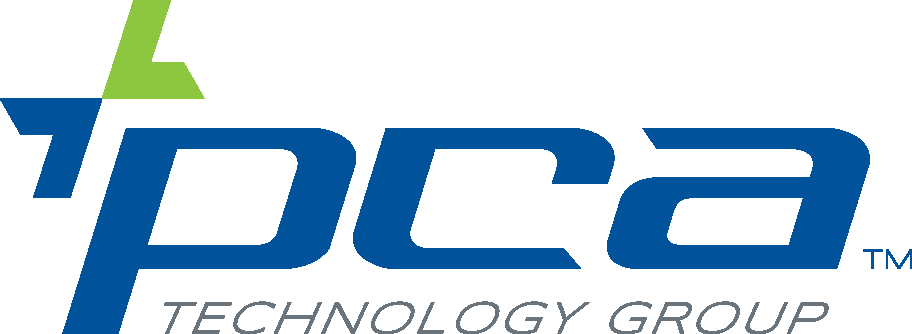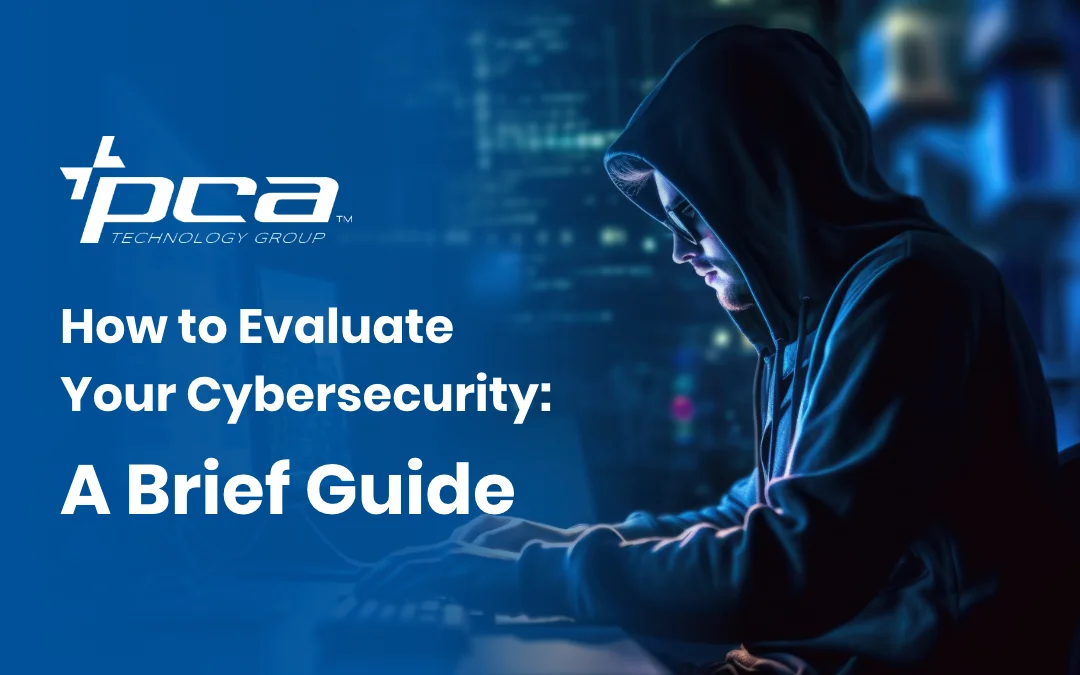Cyberthreats are constantly evolving as hackers either discover new vulnerabilities to exploit or develop innovative methods that circumvent security measures. As a result, it is no longer enough to simply purchase and implement cybersecurity measures. This is why it’s crucial to ensure your defenses remain effective, for which regular evaluation is necessary.
This guide offers steps to initiate a comprehensive cybersecurity evaluation that you can tailor to meet your specific needs.
Step 1: Define your cybersecurity priorities
While safeguarding your business from cyberattacks is the ultimate goal, the strategies to achieve it will vary depending on your unique situation. For example, if your business employs a remote workforce, it requires policies around securing Wi-Fi networks and employee devices. You must also implement cybersecurity policies that take into account specific industries’ unique requirements. To illustrate, healthcare organizations, which must abide by several regulatory authorities, need to prioritize downtime prevention and data protection in their cybersecurity policies to ensure they avoid noncompliance.
Step 2: Take stock of your digital assets
IT assets encompass everything from computers and networks to software applications and security tools. A detailed inventory of these assets is essential for a comprehensive evaluation, as it will help you identify potential vulnerabilities and items for replacement.
When you perform an inventory check, you will need to do the following:
- Categorize assets: Sort assets according to type (such as hardware or software), location (on-premises, remote, cloud), and function (such as marketing, finance, or operations).
- Note asset details: For each asset, record details including software versions, open ports, user accounts associated with the asset, and any linked services such as managed services or cloud providers.
- Remove obsolete assets: As you perform your inventory, you need to decommission outdated or unused assets that pose security risks due to lack of updates.
Step 3: Examine your existing security controls
Security controls are safeguards or countermeasures your organization use to defend your assets, both physical (hardware, mobile devices, etc.) and digital (data, software applications, etc.) These security controls can consist of everything from firewalls and antivirus software to passwords and training.
You need to examine and assess your security controls to ensure they are operating as intended. During an evaluation, you need to identify your existing security controls and assess how well they perform. You also need to identify areas for improvement and consider implementing additional controls to strengthen your defenses. Furthermore, as part of your evaluation, you should ask the following questions:
- Are your security controls up to date? Ensure all of your encryptions, firewalls, antivirus, and anti-malware software are constantly updated to their latest version. Cybercriminals will notice and exploit the slightest vulnerability that has not been patched over.
- Do you need to implement MFA? Multifactor authentication (MFA) adds an extra step to the login process, requiring a second verification factor beyond just a password. This may be especially important if your business handles confidential personal and financial information.
- Do your staff know what to watch for? Human error is one of the leading causes of data loss and other security breaches. Effective training teaches employees best practices, such as how to create strong passwords and identify common threats such as phishing attacks.
- How secure are your vendors? While your systems may be secure, the systems of your vendors and partner organizations may not be. This vulnerability could enable cybercriminals to exploit communications and connections with these vendors, creating potential backdoors into your system.
Step 4: Identify attack vectors and assess risks
Understanding attack vectors and the damage they can inflict is critical. Attack vectors refer to a diverse range of threats, including malware, ransomware, phishing emails, compromised credentials, software vulnerabilities, and weak encryption. By recognizing and identifying which of these pose the greatest threats to your systems, you can better tailor your defenses to counter them.
You also need to accurately assess how much damage successful cyberattacks can inflict. To accomplish this you will need to consider:
- Critical assets: Which systems and data are essential?
- Data loss potential: What devices or systems are most at risk of data loss?
- Attack targets: Which IT systems might cybercriminals target?
- Business continuity preparation: Does your business have a plan to recover from a cyberattack?
By prioritizing high-risk threats, you can allocate resources effectively and implement specific security controls to strengthen your defenses.
Step 5: Map your attack surface
Mapping an attack surface involves a strategic examination of an organization’s digital presence to identify potential entry points for cyberthreats. In mapping your attack surface, make sure to:
- Identify and categorize your assets as in step 2 above.
- Identify vulnerabilities among and within your assets.
- Identify risks as in step 4 and assess both their likelihood to occur and how much damage they can inflict to specific assets.
- Prioritize vulnerabilities, as you may not have the resources to effectively protect everything. As such, you need to identify which are most critical to your organization and deserve more resources and attention than others.
- Prepare mitigation strategies, including security controls, training, data backups and disaster recovery measures, and others as necessary.
- Update your attack surface map constantly to account for new vulnerabilities as a result of additions and updates to your system, or new cyberthreats.
Accomplishing this step empowers you to make informed decisions regarding the following:
- Targeted defense: With a fully mapped attack surface, you can focus your security controls on the most critical assets and potential attack vectors.
- Framework selection: Choose a set of cybersecurity guidelines (such as NIST CSF or CIS Controls) that best align with your attack surface for a tailored approach.
- Incident response planning: By applying your knowledge of your attack surface vulnerabilities to your response plans, you can devise more effective response plans that address specific weaknesses or likely forms of attack.
Strengthen your cybersecurity with help from experienced professionals. Contact PCA Technology Group today.


